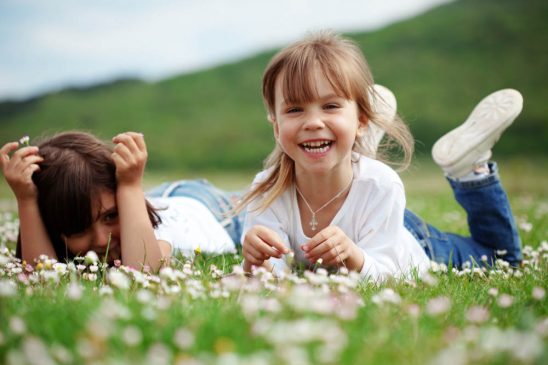Hand-foot-and-mouth disease almost sounds like a joke until your child is the one diagnosed with it. This is a very real viral disease that seems to be popping up a bit more lately, causing plenty of concerns and confusion among parents who may have never heard of it before or who may not recognize the symptoms their children are facing and may be filled with dread. However, with over 200,000 cases diagnosed in the United States every year, it would certainly be worth your while to learn more about this contagious disease so that you can recognize it for yourself and understand how to treat it at home.
This is a mild viral infection caused by a type of coxsackievirus in the U.S. This virus can be transmitted between children through skin-to-skin contact, through saliva and feces and even through airborne particles. Therefore, such activities as hugging, kissing, changing diapers, and even sneezing or coughing can quickly spread the virus, making large outbreaks at daycares and preschools a distressing possibility. Although symptoms typically last approximately ten days for most children, youngsters will be at their most contagious during the first seven days.
As soon as you notice any symptoms, you should keep your child at home to avoid spreading the infection within your community. The most common symptoms you could see include the following:
- Fever
- Poor appetite
- Sore throat
- General fatigue
- Painful mouth sores
- Red spots on the hands and feet
- Blistering rash




